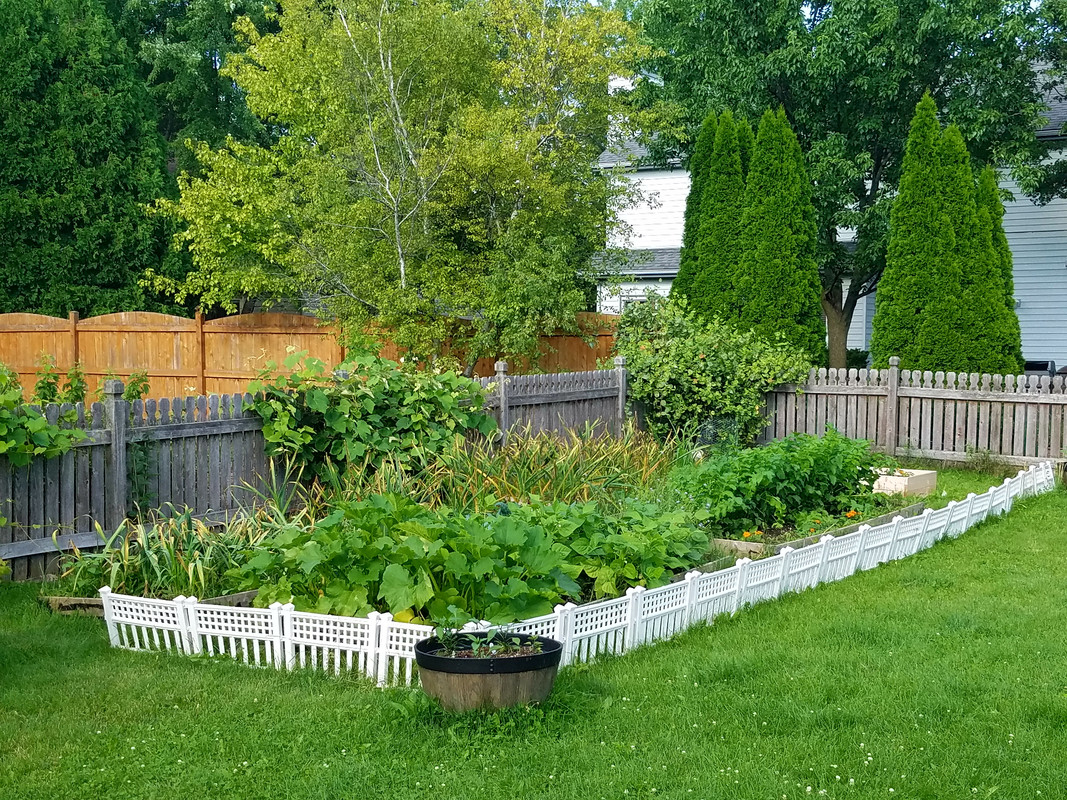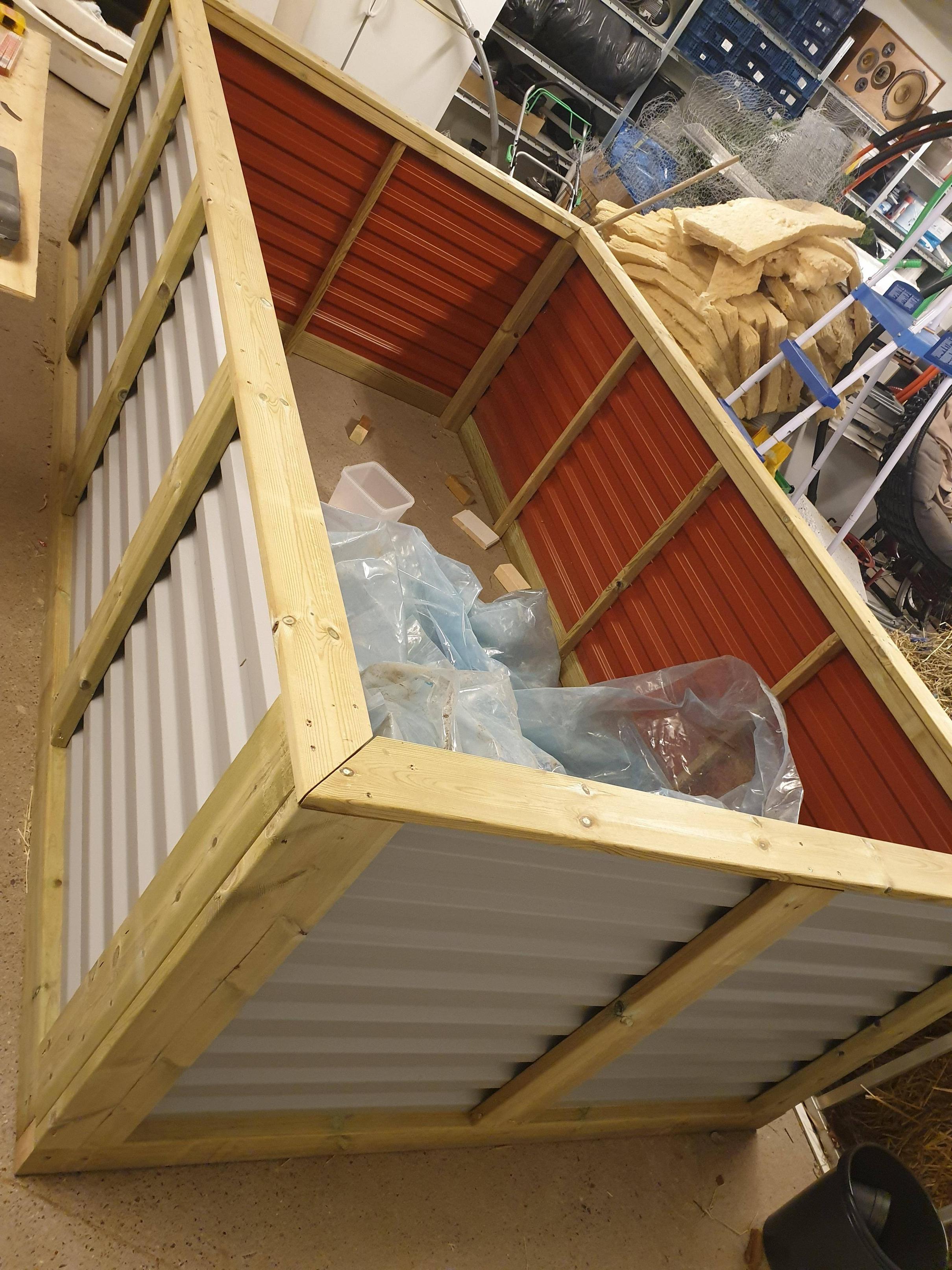Hi all, I want to preface this by saying I have been a lurker over the past year or so and recently joined the forum. The information on here has been nothing short of awesome and I look forward to adding something to the community in time.
Long story short I recently moved into a more permanent residence after a long and drawn out house hunt. Needless to say I am looking to start a garden over the next few months. I will be missing out on the majority of pepper season due to the timing of it all but I wanted to get some advise for the remainder of this year and moving forward. I have searched the forum ad nauseam, with many of my questions being answered, but I am having some paralysis by analysis.
I am living outside of Chicago and my preference with my property would be to utilize raised beds. I am lucky enough to live close to a very highly regarded nursery with a knowledgable staff. They have a number of things that interest me, specifically their compost which is primarily mushroom compost but also includes aged pine bark fines and some manure before it is sifted. I would like to utilize this and was interested in what combination of things would give me the best results.
I have read a ton on the perks of using coco coir as well as perlite for their various properties and was wondering if a mix of 40% compost, 30% coir, 25% perlite, and 5% additives (azomite, coffee grounds, worm castings) would be viable for a raised bed? I know container has different requirements than a raised bed and that is what I am trying to figure out. I am trying to create the healthiest media and am unsure of how much of a roll compaction plays in raised beds. Cost is not an issue, though perlite and coir are far from cheap, especially when looking to fill multiple raised beds. Any input and suggestions would be much appreciated.
Long story short I recently moved into a more permanent residence after a long and drawn out house hunt. Needless to say I am looking to start a garden over the next few months. I will be missing out on the majority of pepper season due to the timing of it all but I wanted to get some advise for the remainder of this year and moving forward. I have searched the forum ad nauseam, with many of my questions being answered, but I am having some paralysis by analysis.
I am living outside of Chicago and my preference with my property would be to utilize raised beds. I am lucky enough to live close to a very highly regarded nursery with a knowledgable staff. They have a number of things that interest me, specifically their compost which is primarily mushroom compost but also includes aged pine bark fines and some manure before it is sifted. I would like to utilize this and was interested in what combination of things would give me the best results.
I have read a ton on the perks of using coco coir as well as perlite for their various properties and was wondering if a mix of 40% compost, 30% coir, 25% perlite, and 5% additives (azomite, coffee grounds, worm castings) would be viable for a raised bed? I know container has different requirements than a raised bed and that is what I am trying to figure out. I am trying to create the healthiest media and am unsure of how much of a roll compaction plays in raised beds. Cost is not an issue, though perlite and coir are far from cheap, especially when looking to fill multiple raised beds. Any input and suggestions would be much appreciated.




 . Thanks for the info, it is extremely helpful and I am sure I will pick your brain once or twice along the way.
. Thanks for the info, it is extremely helpful and I am sure I will pick your brain once or twice along the way. 